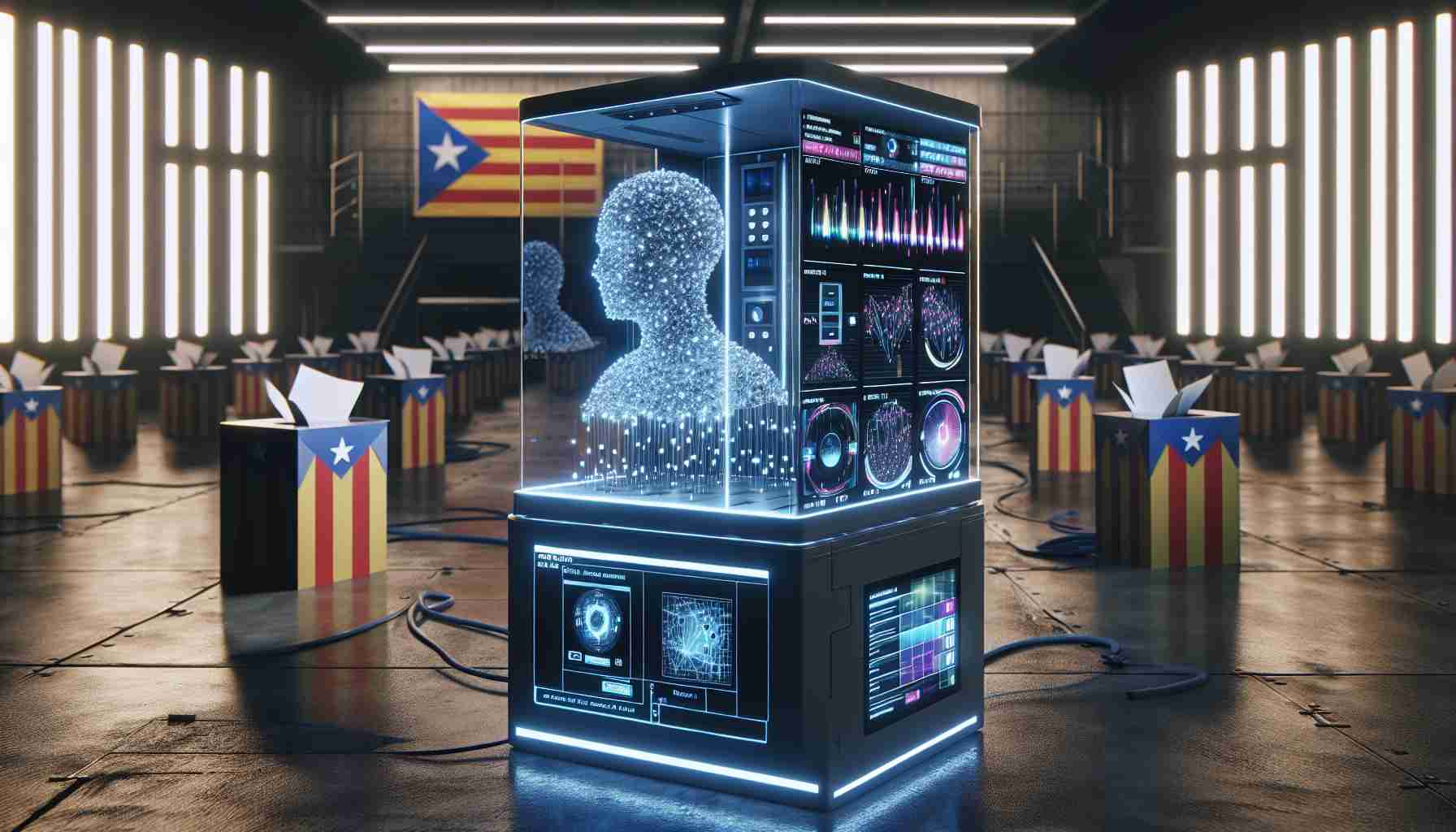Artificial intelligence (AI) plays a pivotal role in tomorrow night’s vote count during the Catalan elections. This election marks the first time that AI technology will be utilized to identify potential discrepancies in the final ballot tally.
Speaking on Saturday, May 11th, government officials highlighted that all 4,108 administrative representatives will be equipped with computer tablets designed to streamline data transmission. This integration of technology is expected to considerably speed up the dissemination of the voting results.
The implementation of AI will revolve around analyzing photographs of electoral records taken by representatives on their tablets. The technology will examine data from the 8,940 tables set across 2,695 schools in Catalonia, ensuring the accuracy of the figures before they are sent through the same tablets or via telephone.
In addition, a dedicated team of 500 individuals will be stationed at the Telecommunications and Information Technology Center of the Catalonian government to receive, process, and broadcast the collected data.
To familiarize the administrative personnel with the new systems, training sessions took place between April 22nd and 26th across 48 municipalities. A mock transmission of participation and counting data was also conducted last Saturday showcasing the capabilities of the new tools.
For the first time in Spain, live information about each polling station will be accessible online and through apps provided by the local government during the election day. This real-time data will be available in Catalan, Spanish, Aranese, and English. The applications and website will feature innovative functions including a “pactometer” for users to simulate potential coalitions and a “final seat” option offering real-time updates on the allocation of the last parliamentary seat among political parties.
Key Questions and Answers:
Q: What roles does artificial intelligence (AI) play in vote counting?
A: AI can analyze photographs of electoral records to identify discrepancies, ensure accuracy, and streamline the communication of voting results.
Q: How does AI improve the accuracy of election results?
A: By examining and cross-verifying data from various sources such as photographs and reports, AI can quickly detect and flag irregularities or errors for human review.
Q: What are the potential challenges associated with using AI in elections?
A: Challenges include ensuring system security to prevent hacking, maintaining the confidentiality of voters, addressing biases in AI algorithms, and ensuring transparency in the AI decision-making process.
Q: What controversies may arise from using AI in vote counting?
A: There may be concerns about privacy, transparency of the AI algorithms, potential for system errors or biases, and securing the technology against cyber threats.
Advantages and Disadvantages:
Advantages:
– Efficiency: AI can process data much faster than manual counting, significantly reducing the time to announce results.
– Accuracy: By automating the counting process, AI reduces human error, enhancing the reliability of election outcomes.
– Transparency: Real-time updates and access to live information can increase public trust in the electoral process.
Disadvantages:
– Complexity: The technology may be difficult to implement and may require significant training for personnel.
– Security: There is a risk of hacking and interference that must be mitigated through robust cybersecurity measures.
– Trust: If not communicated properly, the use of AI could lead to skepticism and concerns about the manipulation of results.
Given that the URL provided cannot be verified directly through this interaction, here’s a placeholder for a related link that you can look up to find more information:
Election Technology Information
Remember to research the main domain of interest to find resources and information related to AI applications in elections for more comprehensive coverage.

